

This year, there are a variety of Grandparents University majors, all of which are taught by Purdue faculty and staff or Boilermaker experts. Some majors are available for both sessions, but many are only available during one of the sessions.
An adult must accompany each child at all times. For that reason, please select majors based on the ages and physical abilities of everyone in your group.
Levels of physical activity vary among majors, so please choose what best suits your abilities. Every attempt will be made to honor accessibility requests made in advance.
This year, there are a variety of Grandparents University majors, all of which are taught by Purdue faculty and staff or Boilermaker experts. Some majors are available for both sessions, but many are only available during one of the sessions.
An adult must accompany each child at all times. For that reason, please select majors based on the ages and physical abilities of everyone in your group.
Levels of physical activity vary among majors, so please choose what best suits your abilities. Every attempt will be made to honor accessibility requests made in advance.
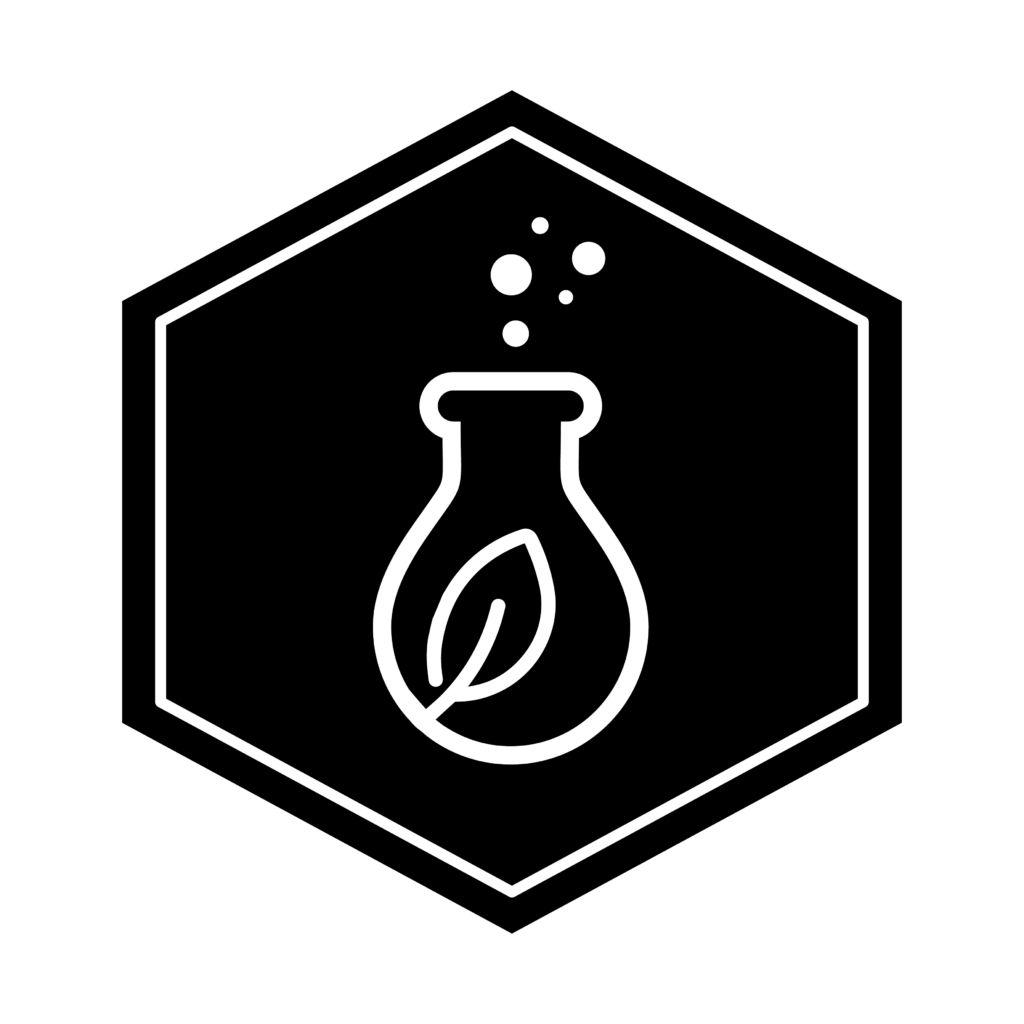
TAUGHT BY:
Facilitated BY:
Age Group:
Activity Level:
Location:

TAUGHT BY:
Facilitated BY:
Age Group:
Activity Level:
Location:
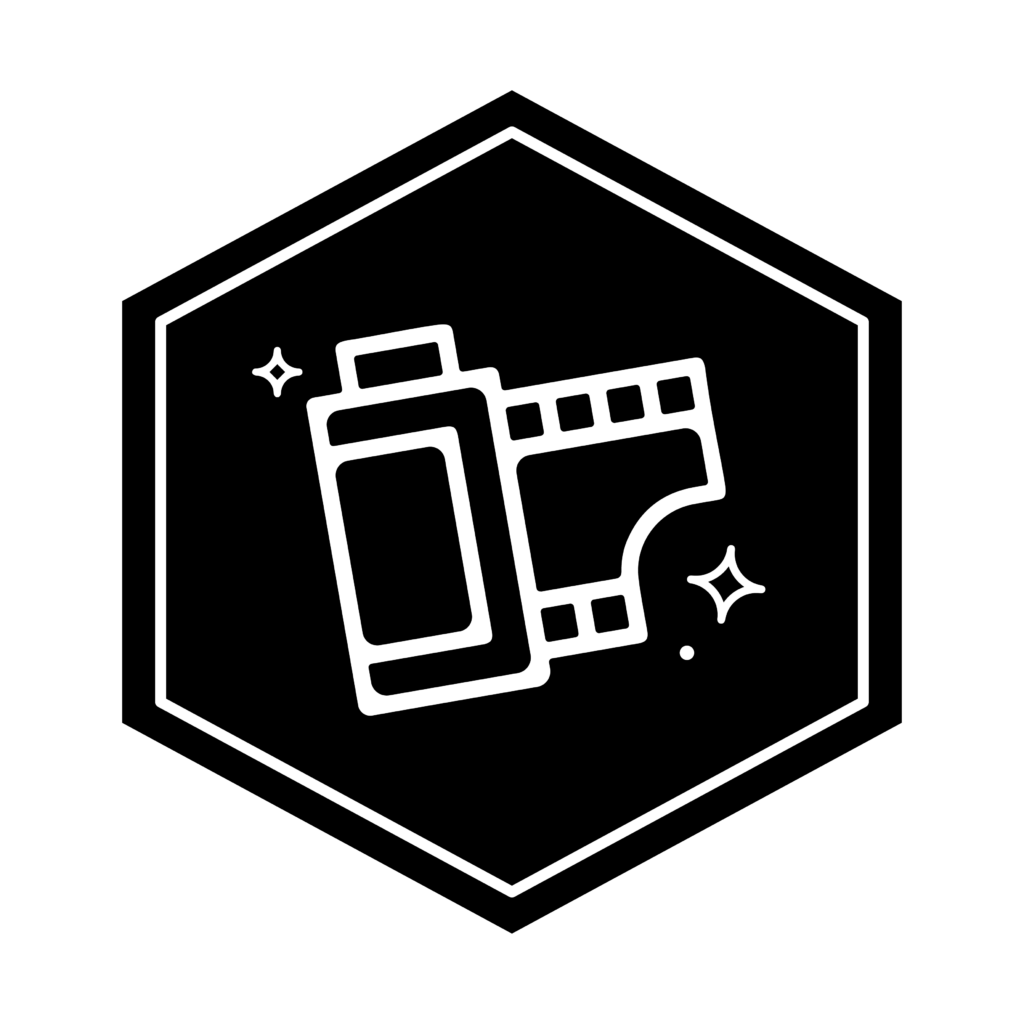
TAUGHT BY:
Facilitated BY:
Age Group:
Activity Level:
Location:

TAUGHT BY:
Facilitated BY:
Age Group:
Activity Level:
Location:
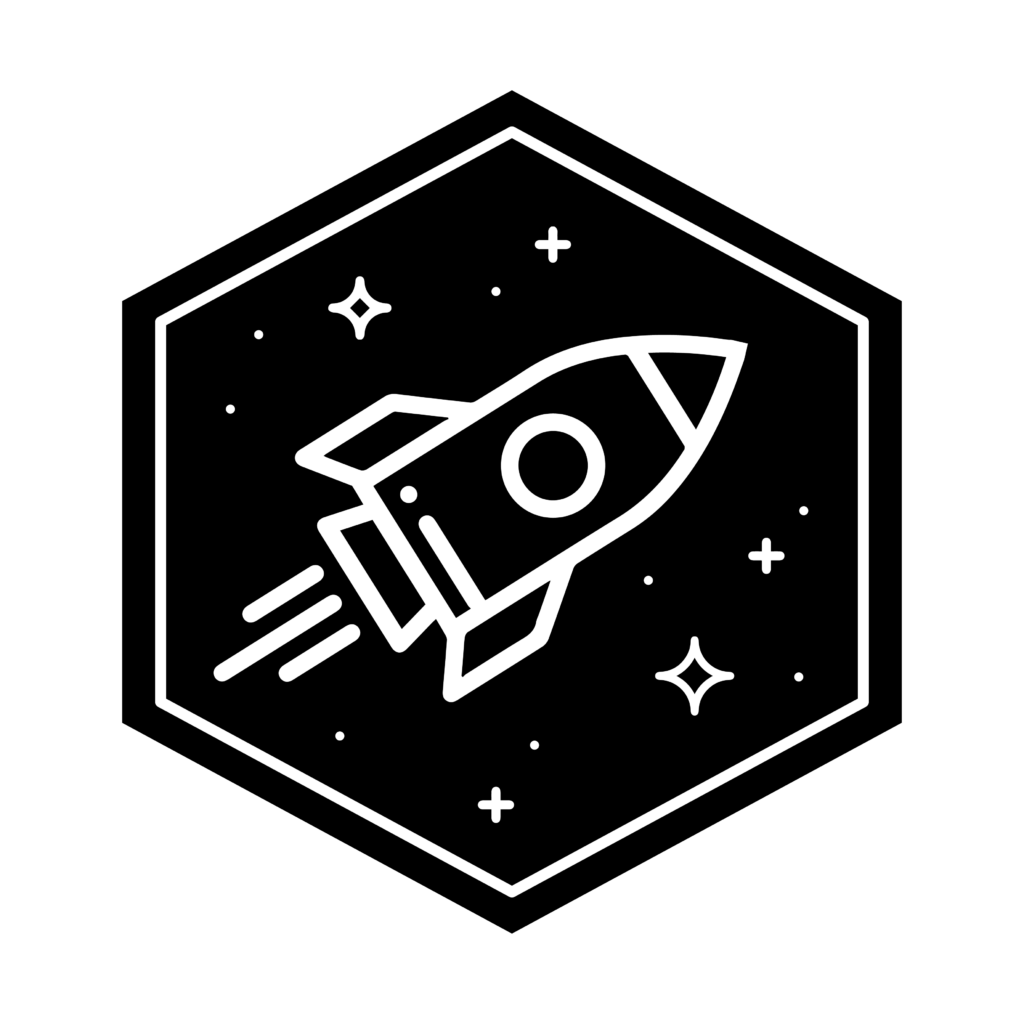
TAUGHT BY:
Facilitated BY:
Age Group:
Activity Level:
Location:

TAUGHT BY:
Facilitated BY:
Age Group:
Activity Level:
Location:

TAUGHT BY:
Facilitated BY:
Age Group:
Activity Level:
Location:
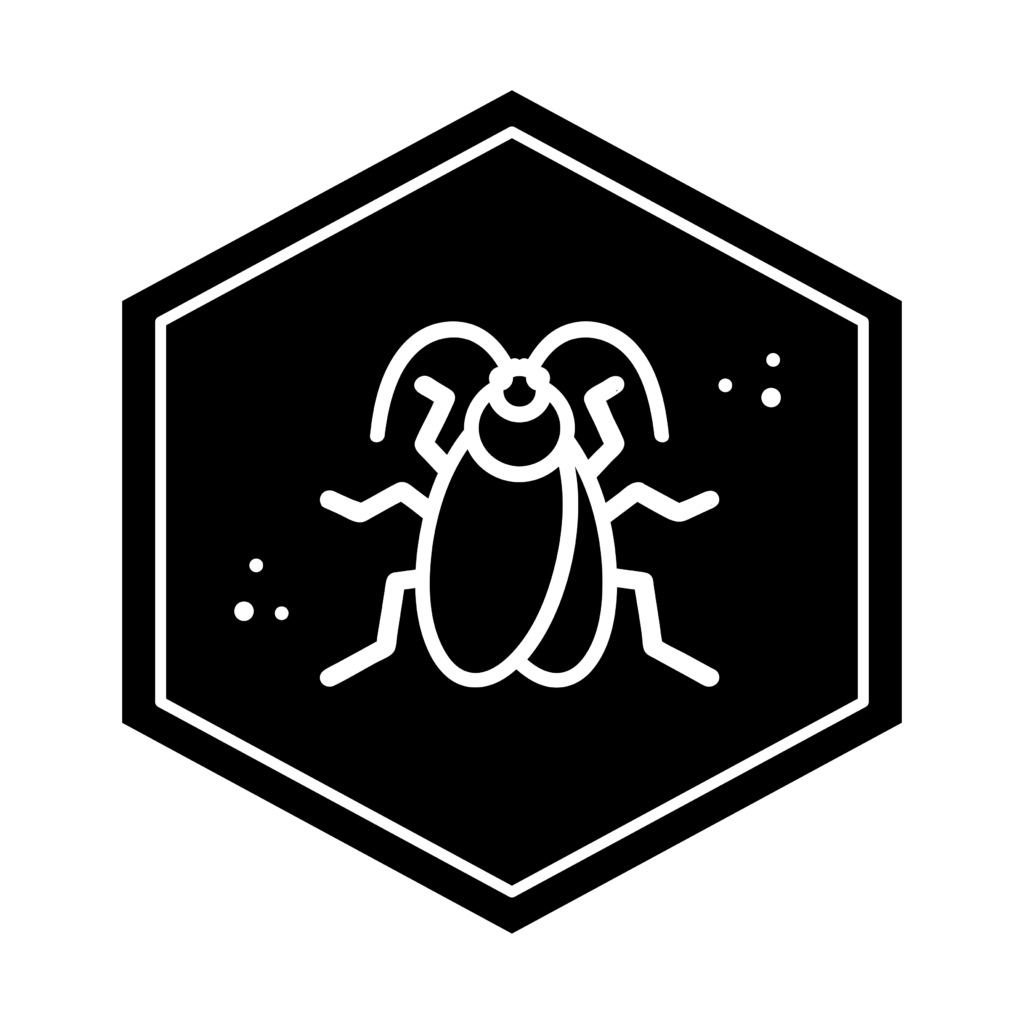
TAUGHT BY:
Facilitated BY:
Age Group:
Activity Level:
Location:
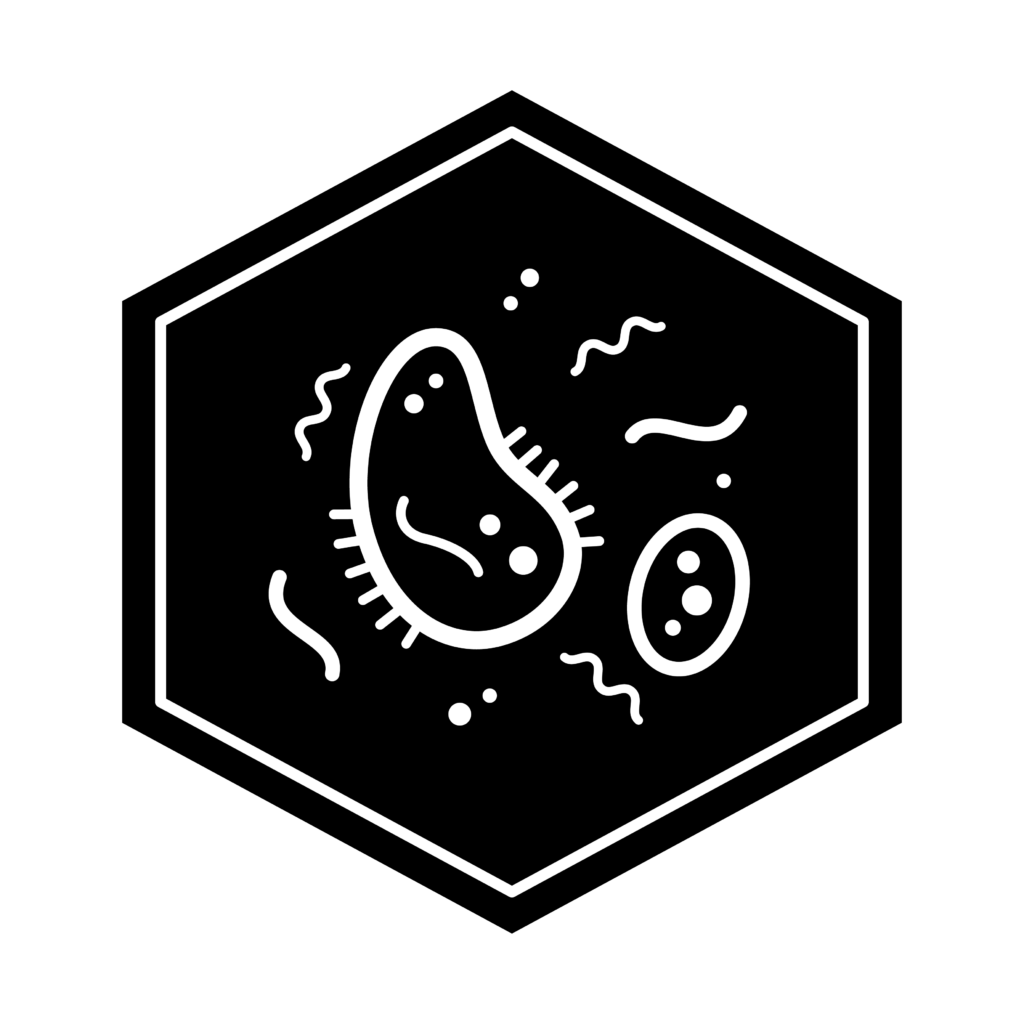
TAUGHT BY:
Facilitated BY:
Age Group:
Activity Level:
Location:
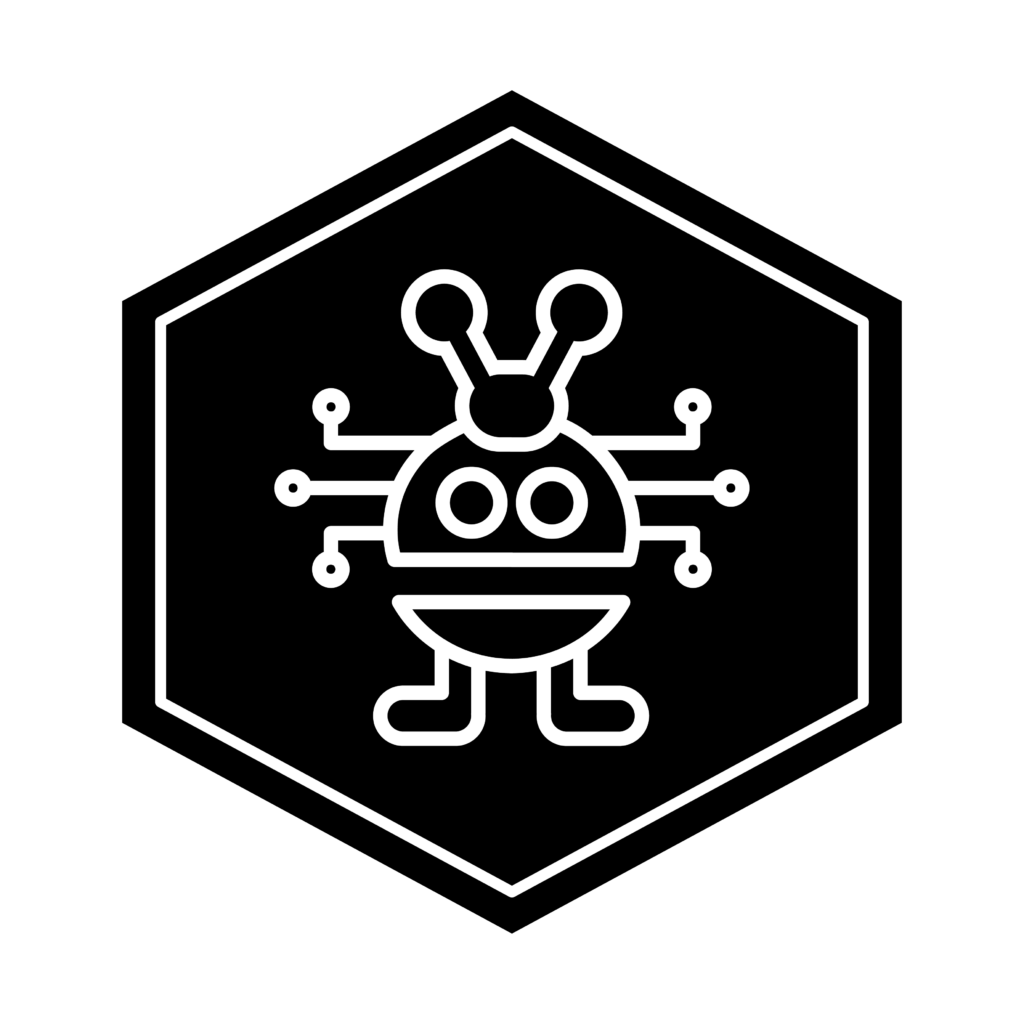
TAUGHT BY:
Facilitated BY:
Age Group:
Activity Level:
Location:
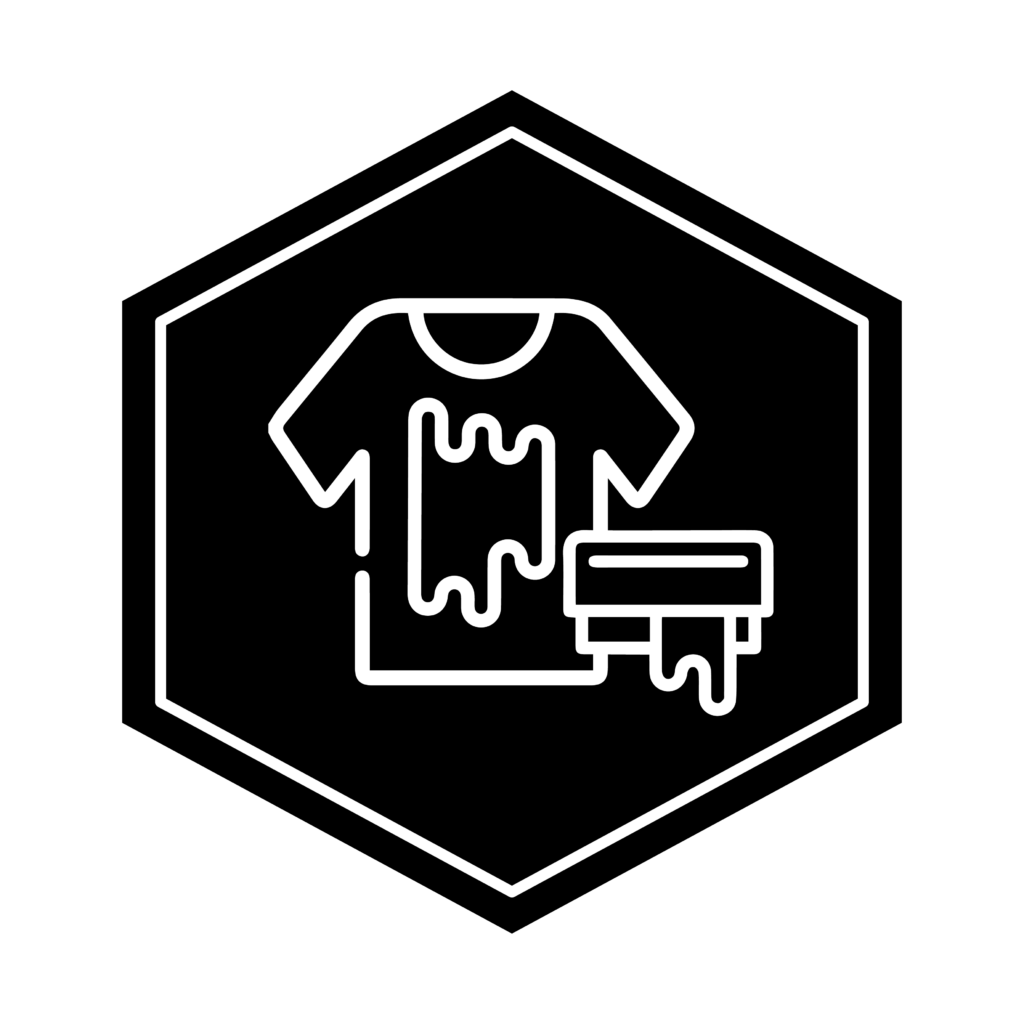
TAUGHT BY:
Facilitated BY:
Age Group:
Activity Level:
Location:
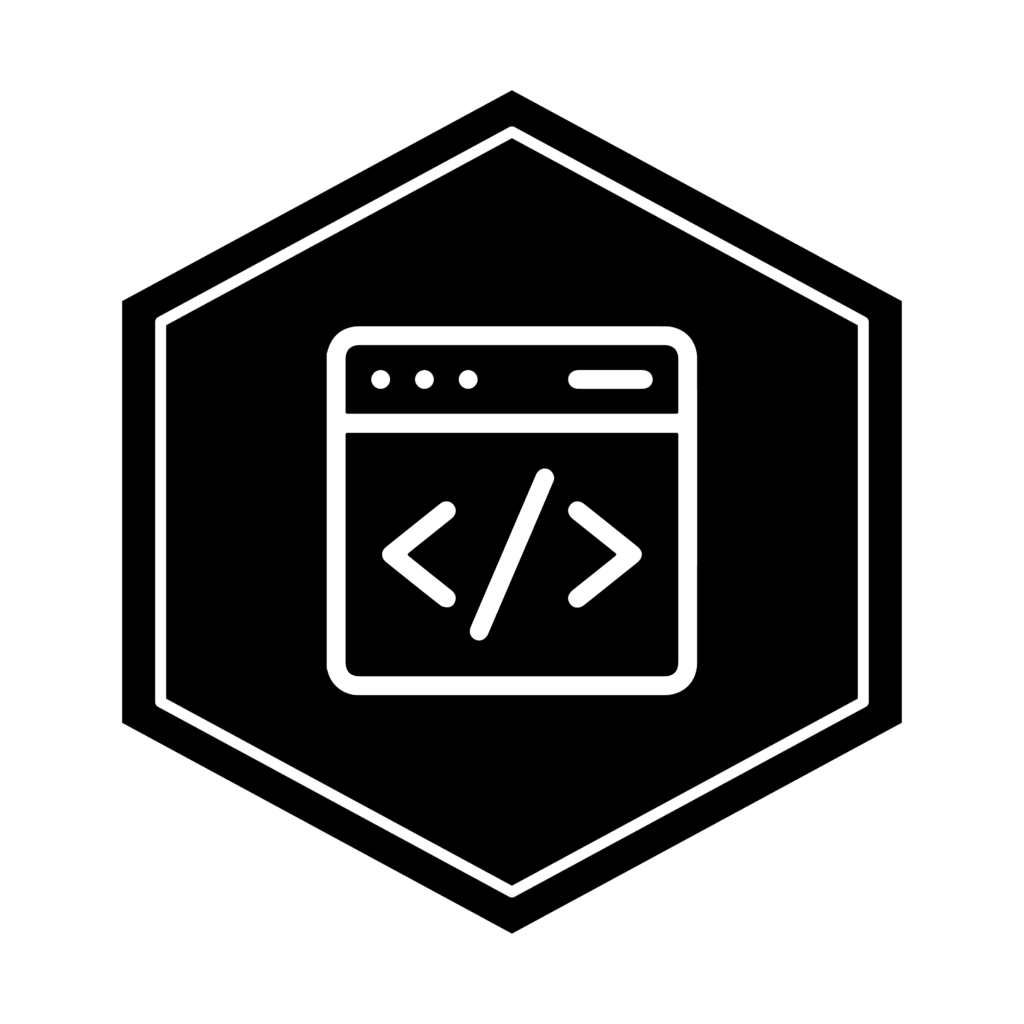
TAUGHT BY:
Facilitated BY:
Age Group:
Activity Level:
Location:
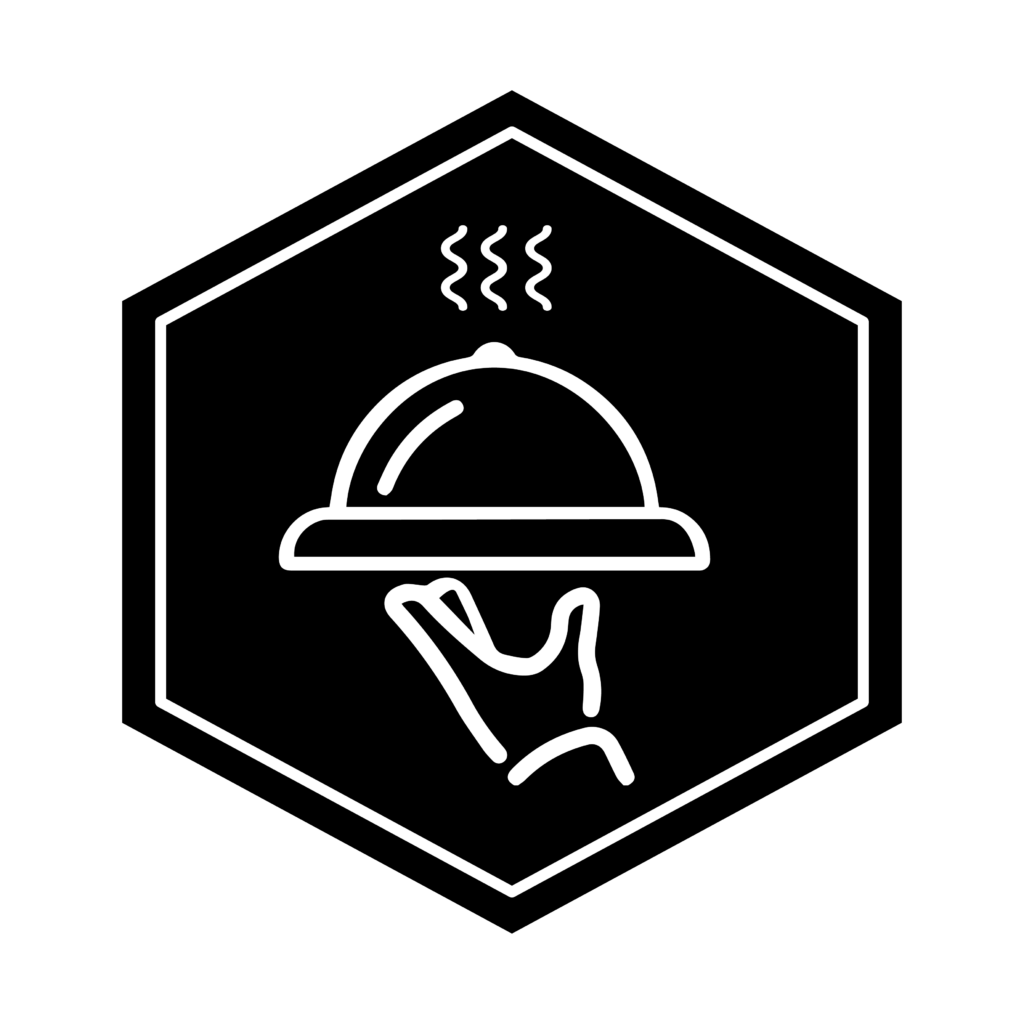
TAUGHT BY:
Facilitated BY:
Age Group:
Activity Level:
Location:
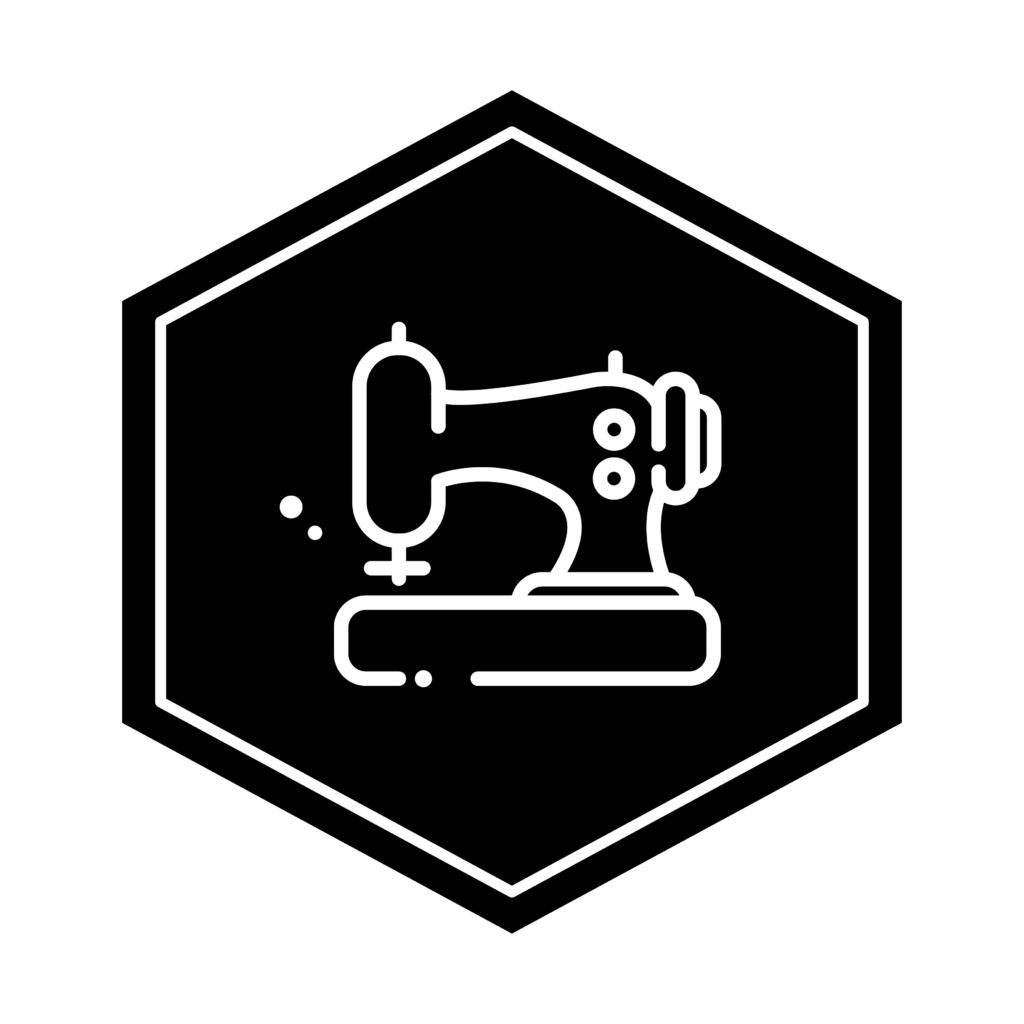
TAUGHT BY:
Facilitated BY:
Age Group:
Activity Level:
Location:
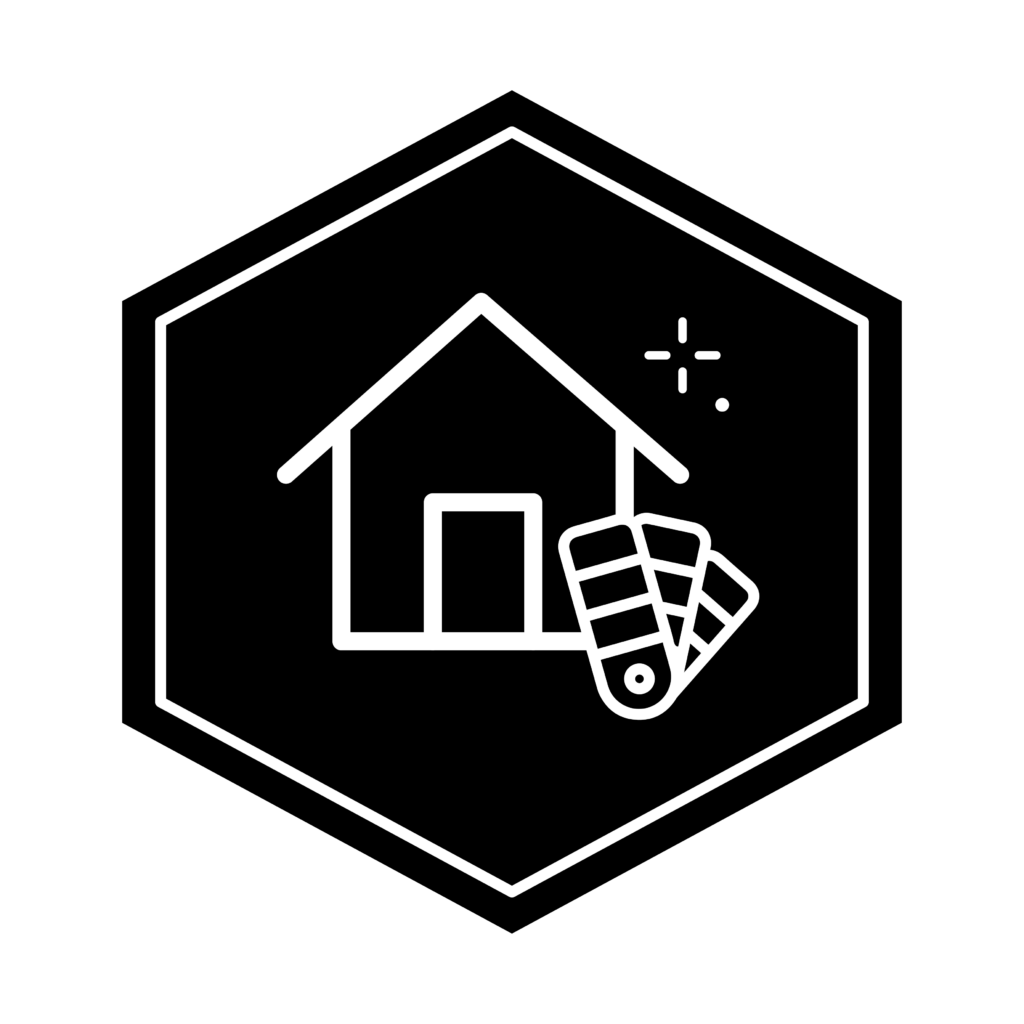
TAUGHT BY:
Facilitated BY:
Age Group:
Activity Level:
Location:
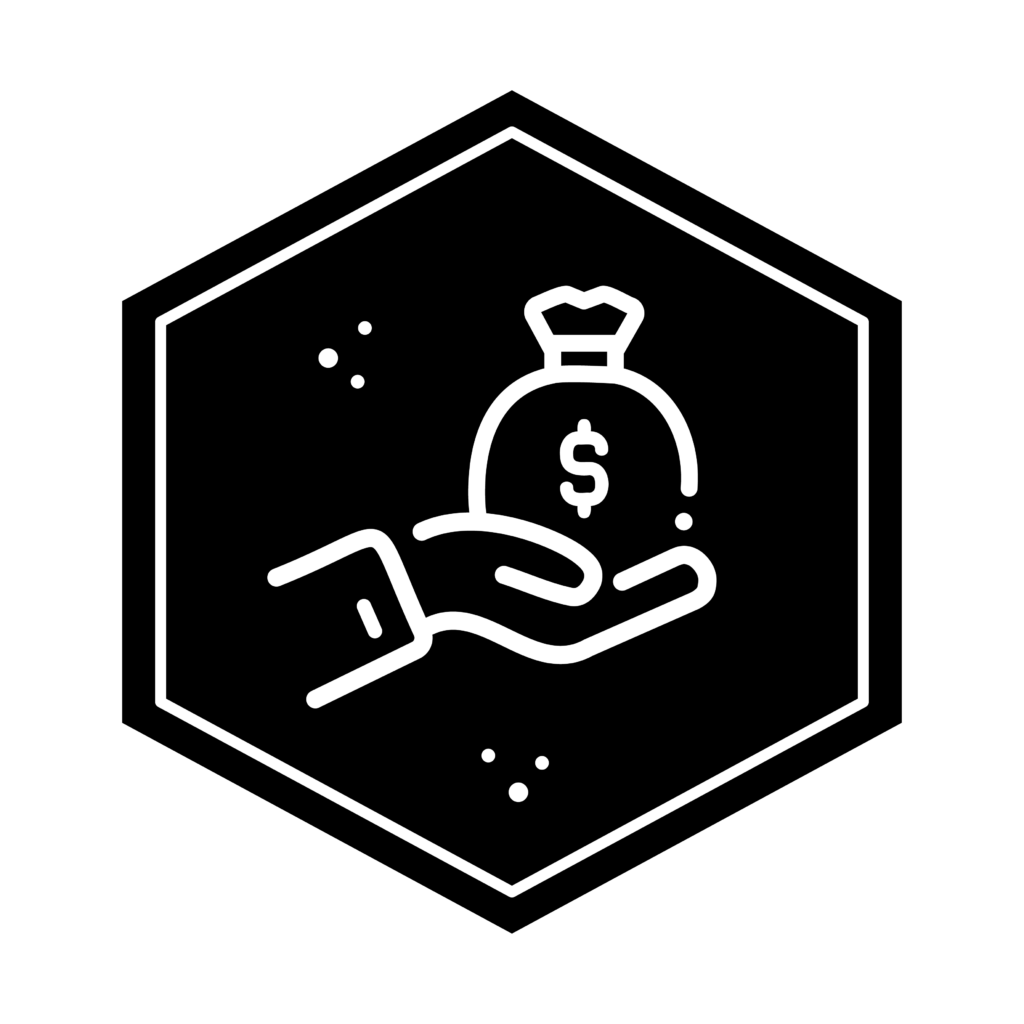
TAUGHT BY:
Facilitated BY:
Age Group:
Activity Level:
Location:
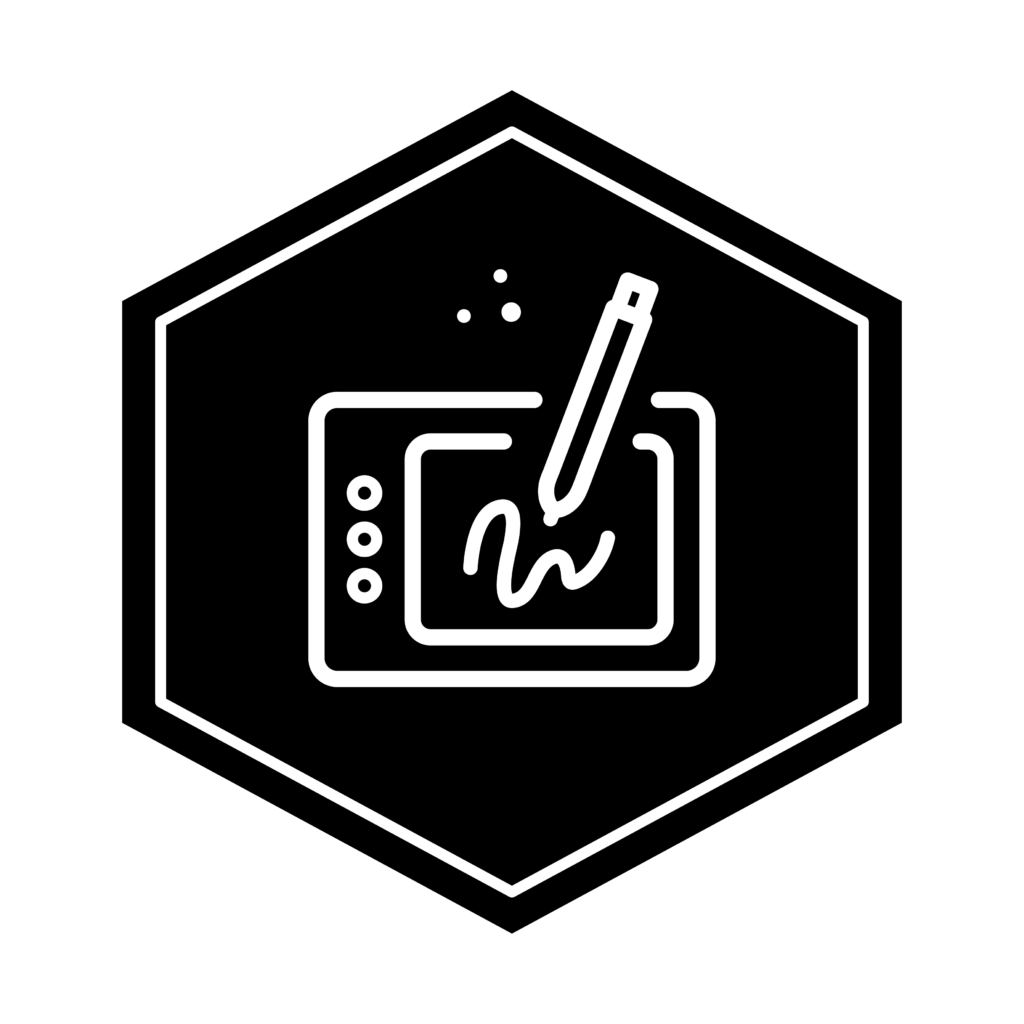
TAUGHT BY:
Facilitated BY:
Age Group:
Activity Level:
Location:
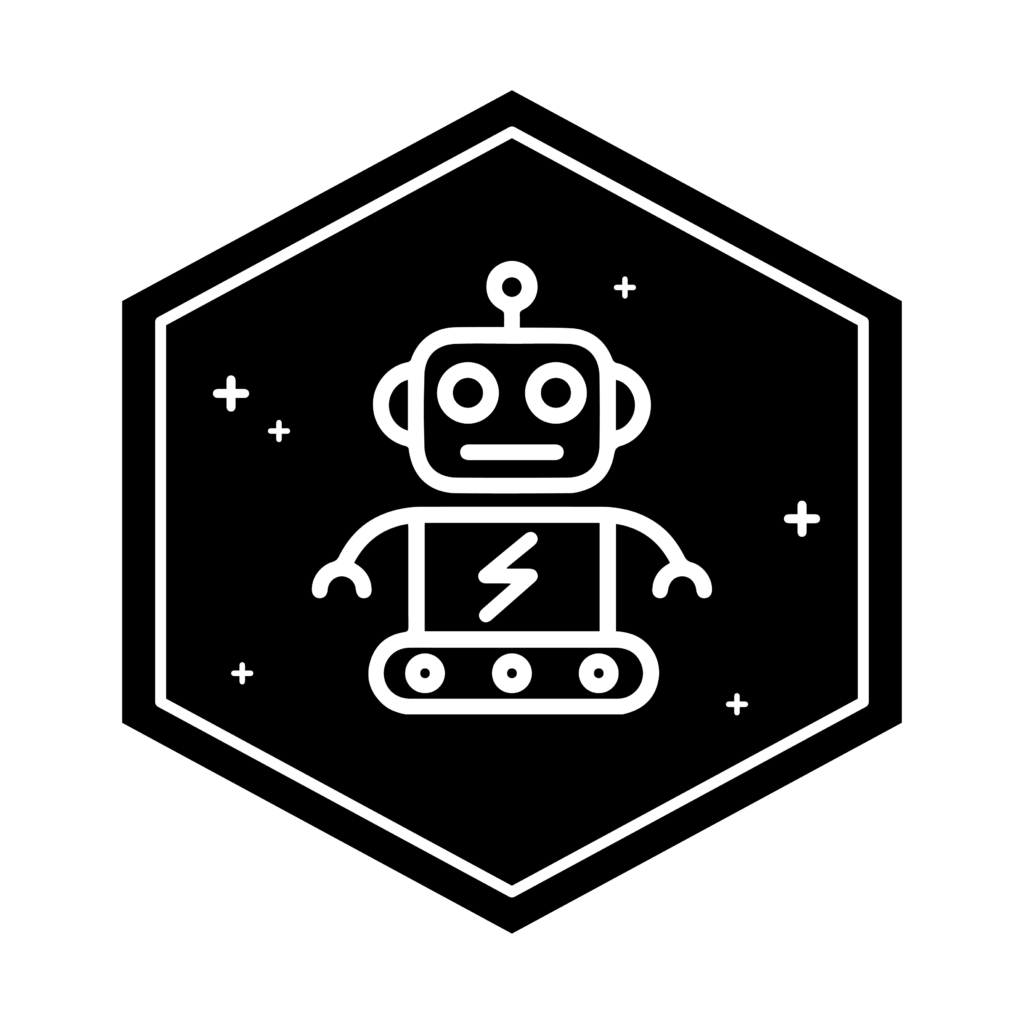
TAUGHT BY:
Facilitated BY:
Age Group:
Activity Level:
Location:

TAUGHT BY:
Facilitated BY:
Age Group:
Activity Level:
Location:
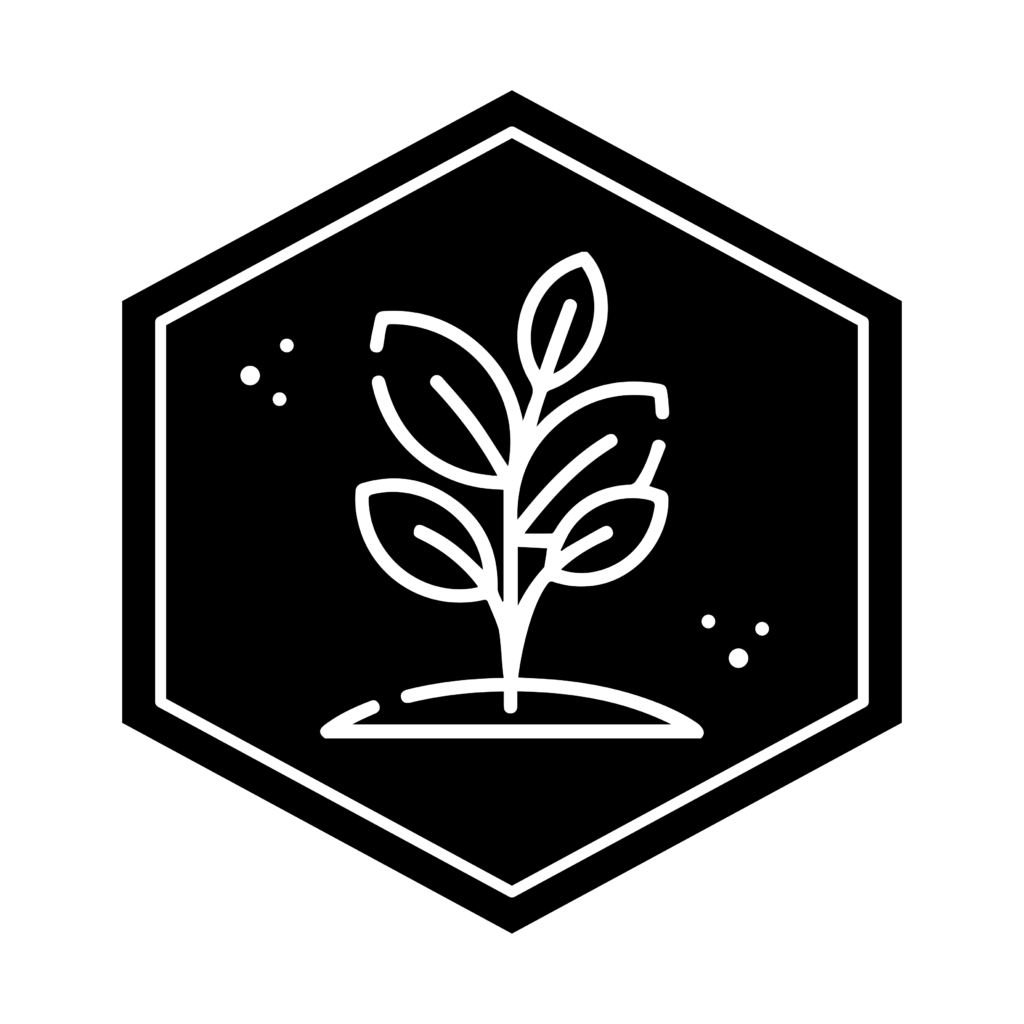
TAUGHT BY:
Facilitated BY:
Age Group:
Activity Level:
Location:
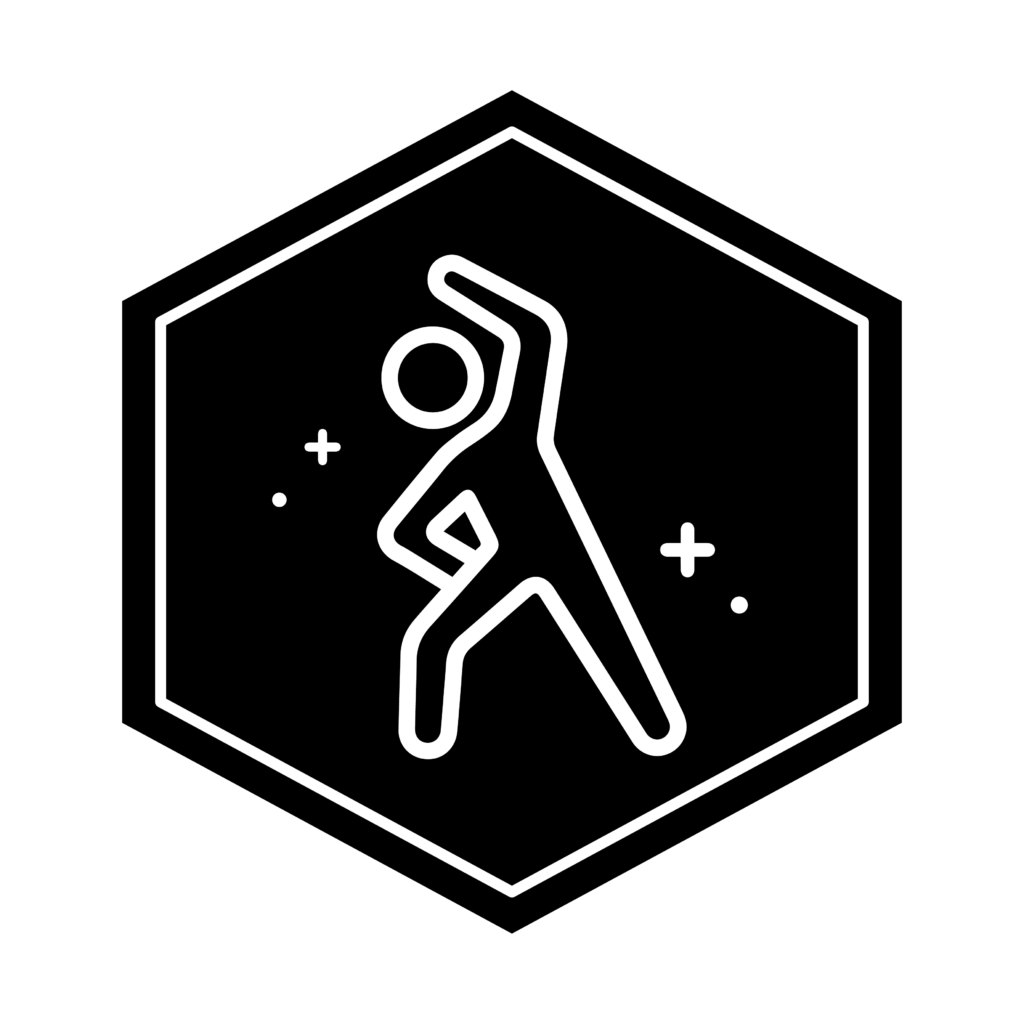
TAUGHT BY:
Facilitated BY:
Age Group:
Activity Level:
Location:

TAUGHT BY:
Facilitated BY:
Age Group:
Activity Level:
Location:

TAUGHT BY:
Facilitated BY:
Age Group:
Activity Level:
Location:

TAUGHT BY:
Facilitated BY:
Age Group:
Activity Level:
Location:
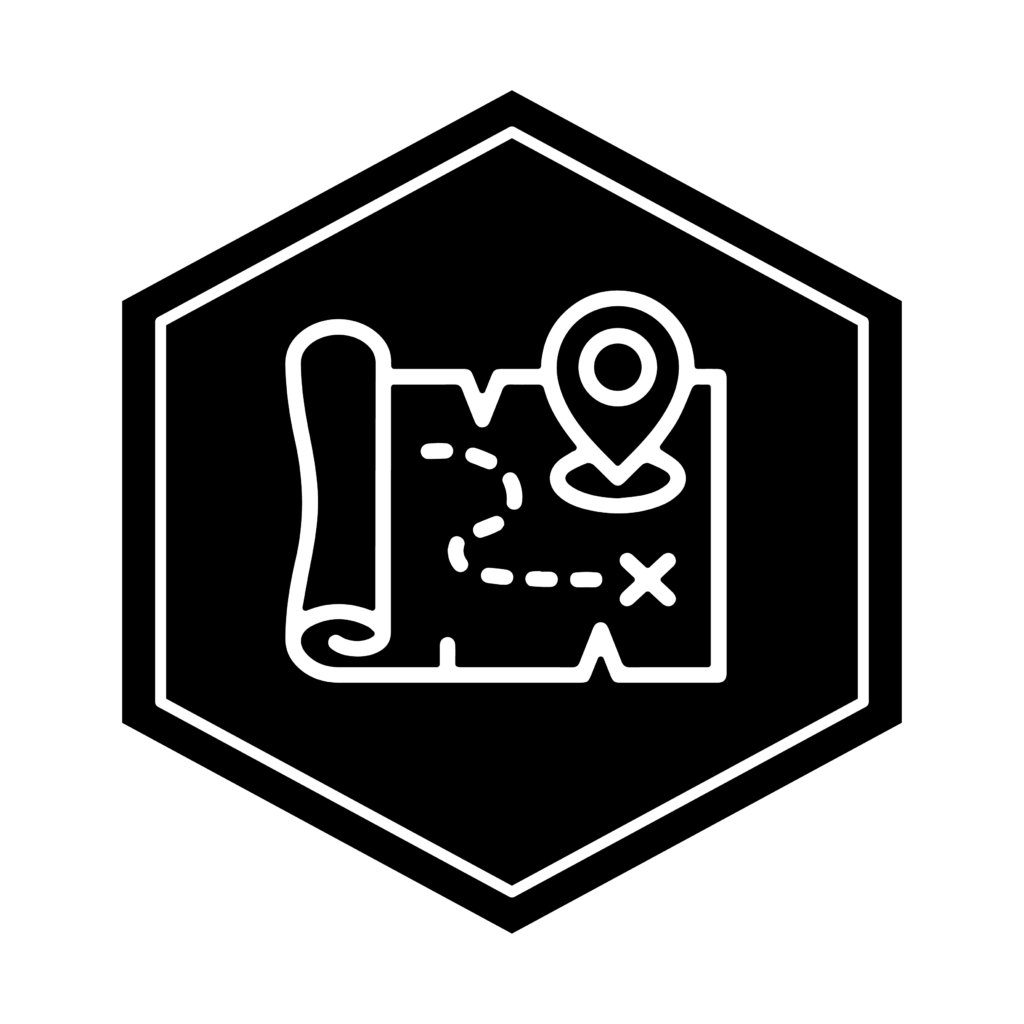
TAUGHT BY:
Facilitated BY:
Age Group:
Activity Level:
Location:
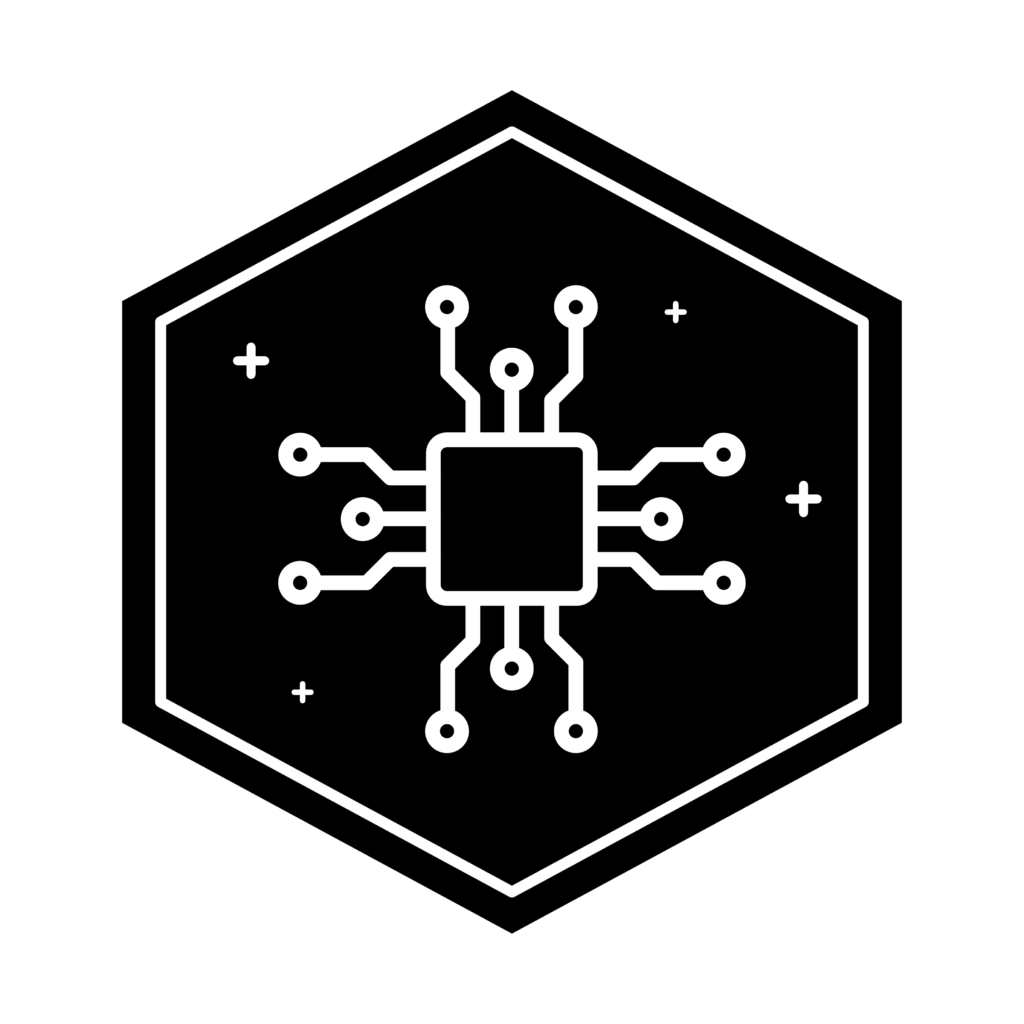
TAUGHT BY:
Facilitated BY:
Age Group:
Activity Level:
Location:
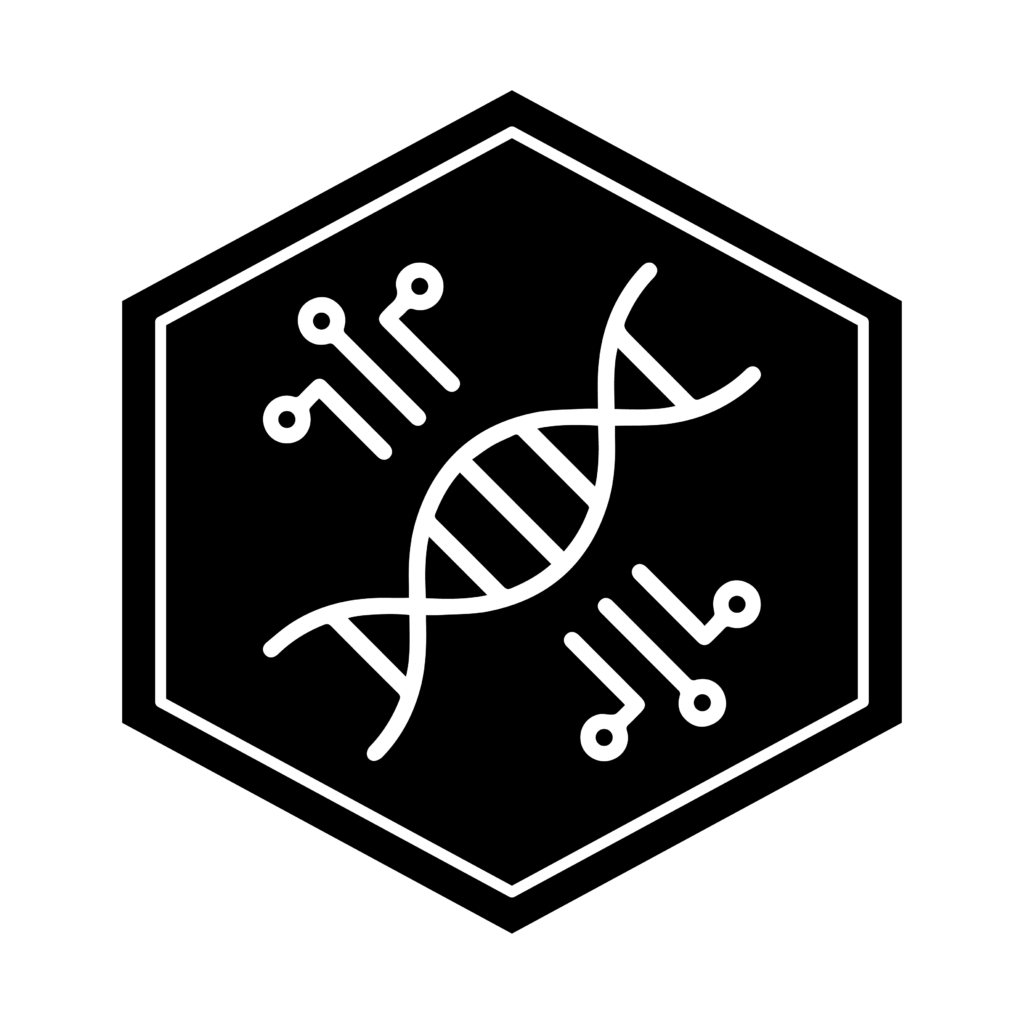
TAUGHT BY:
Facilitated BY:
Age Group:
Activity Level:
Location:

TAUGHT BY:
Facilitated BY:
Age Group:
Activity Level:
Location:

TAUGHT BY:
Facilitated BY:
Age Group:
Activity Level:
Location:
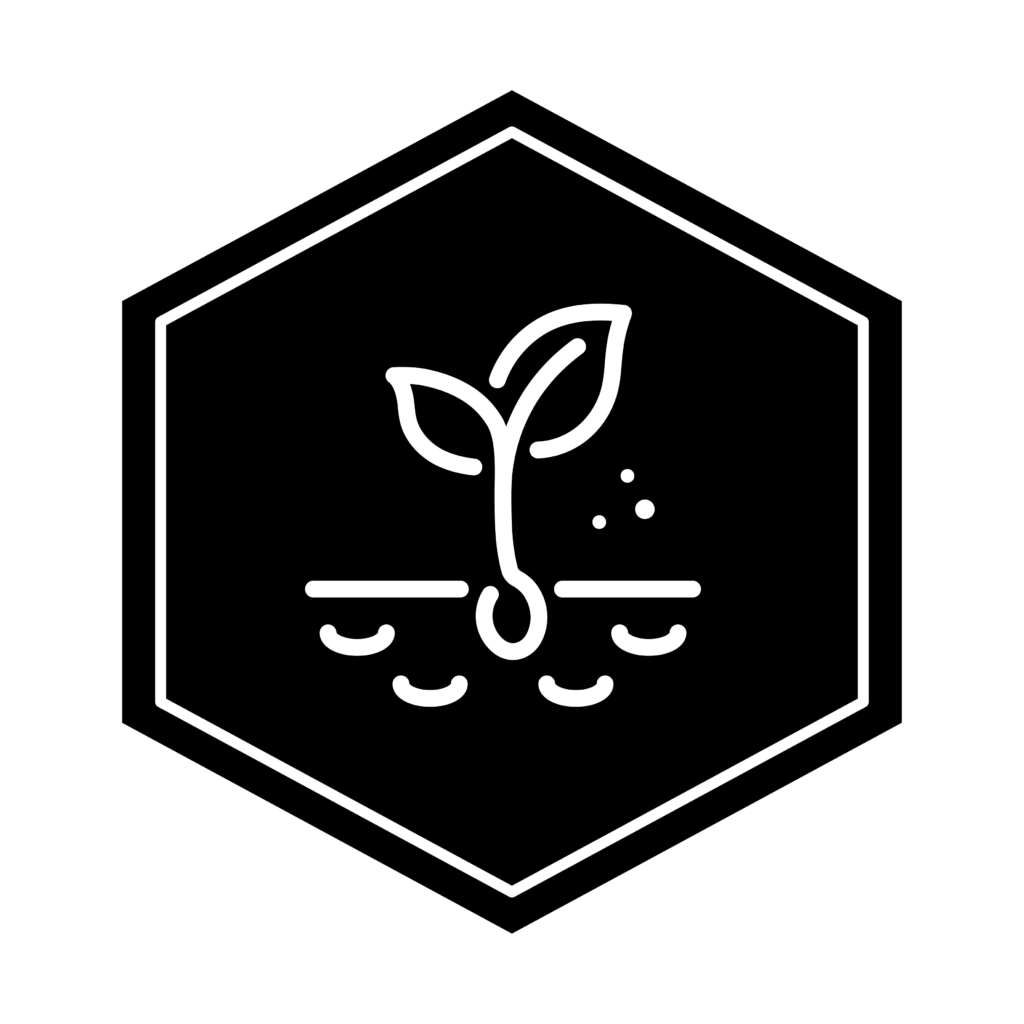
TAUGHT BY:
Facilitated BY:
Age Group:
Activity Level:
Location:

TAUGHT BY:
Facilitated BY:
Age Group:
Activity Level:
Location:

TAUGHT BY:
Facilitated BY:
Age Group:
Activity Level:
Location:

TAUGHT BY:
Facilitated BY:
Age Group:
Activity Level:
Location:
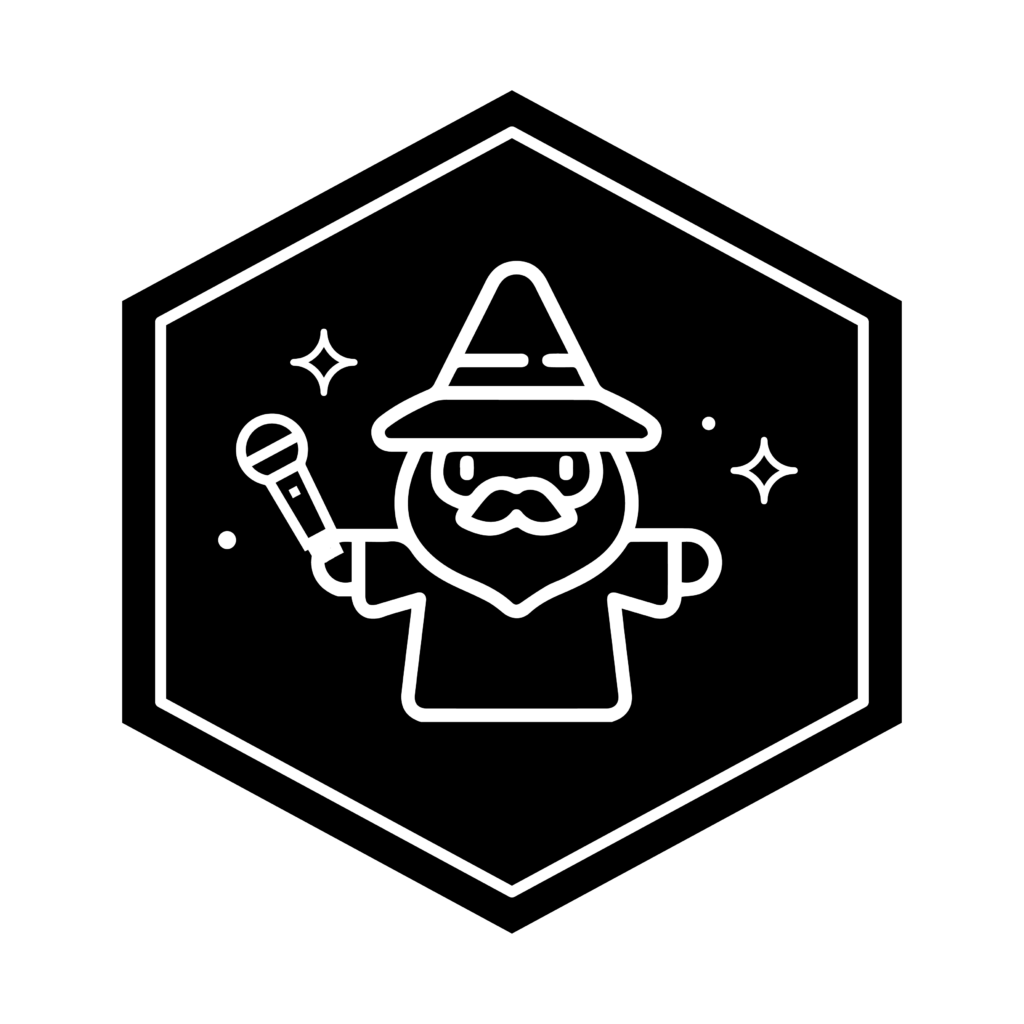
TAUGHT BY:
Facilitated BY:
Age Group:
Activity Level:
Location:
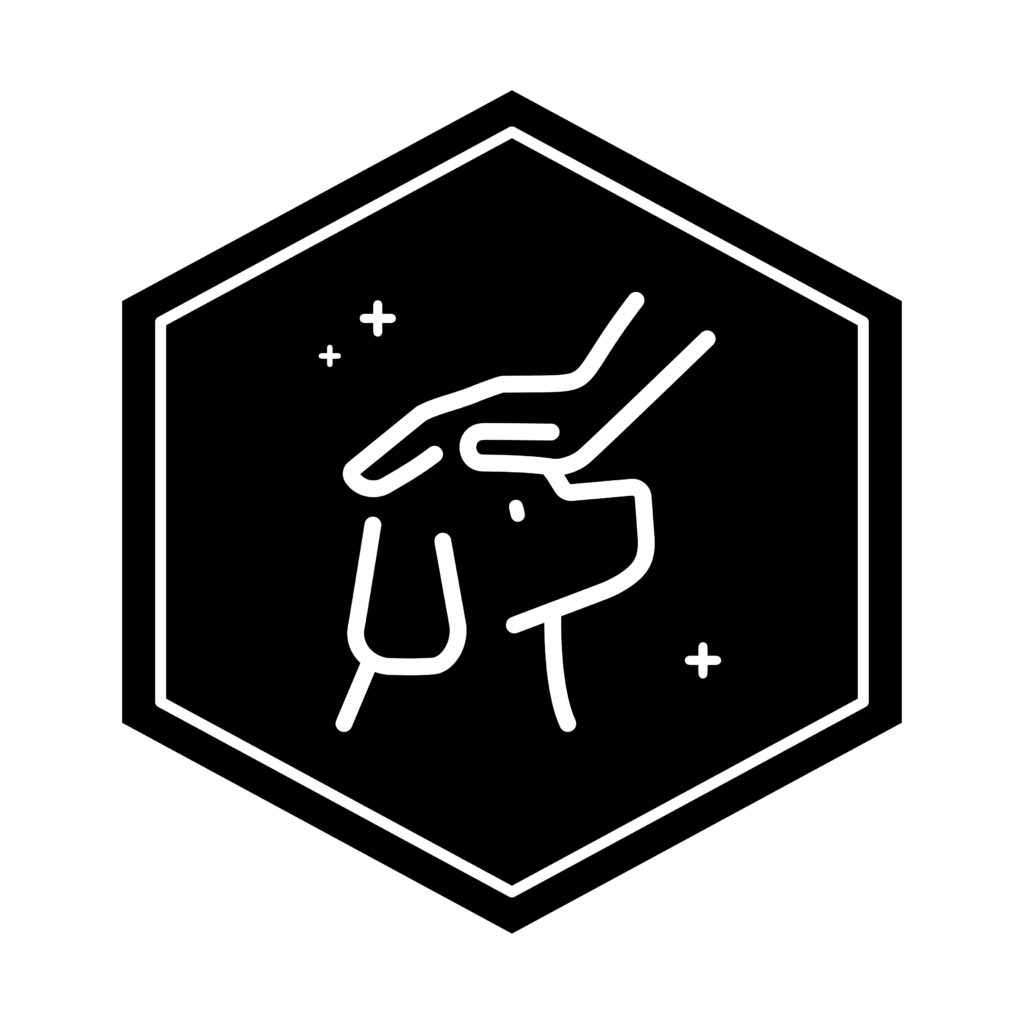
TAUGHT BY:
Facilitated BY:
Age Group:
Activity Level:
Location:

TAUGHT BY:
Facilitated BY:
Age Group:
Activity Level:
Location:

TAUGHT BY:
Facilitated BY:
Age Group:
Activity Level:
Location:

TAUGHT BY:
Facilitated BY:
Age Group:
Activity Level:
Location:

TAUGHT BY:
Facilitated BY:
Age Group:
Activity Level:
Location:

TAUGHT BY:
Facilitated BY:
Age Group:
Activity Level:
Location:

TAUGHT BY:
Facilitated BY:
Age Group:
Activity Level:
Location:

TAUGHT BY:
Facilitated BY:
Age Group:
Activity Level:
Location:

TAUGHT BY:
Facilitated BY:
Age Group:
Activity Level:
Location:
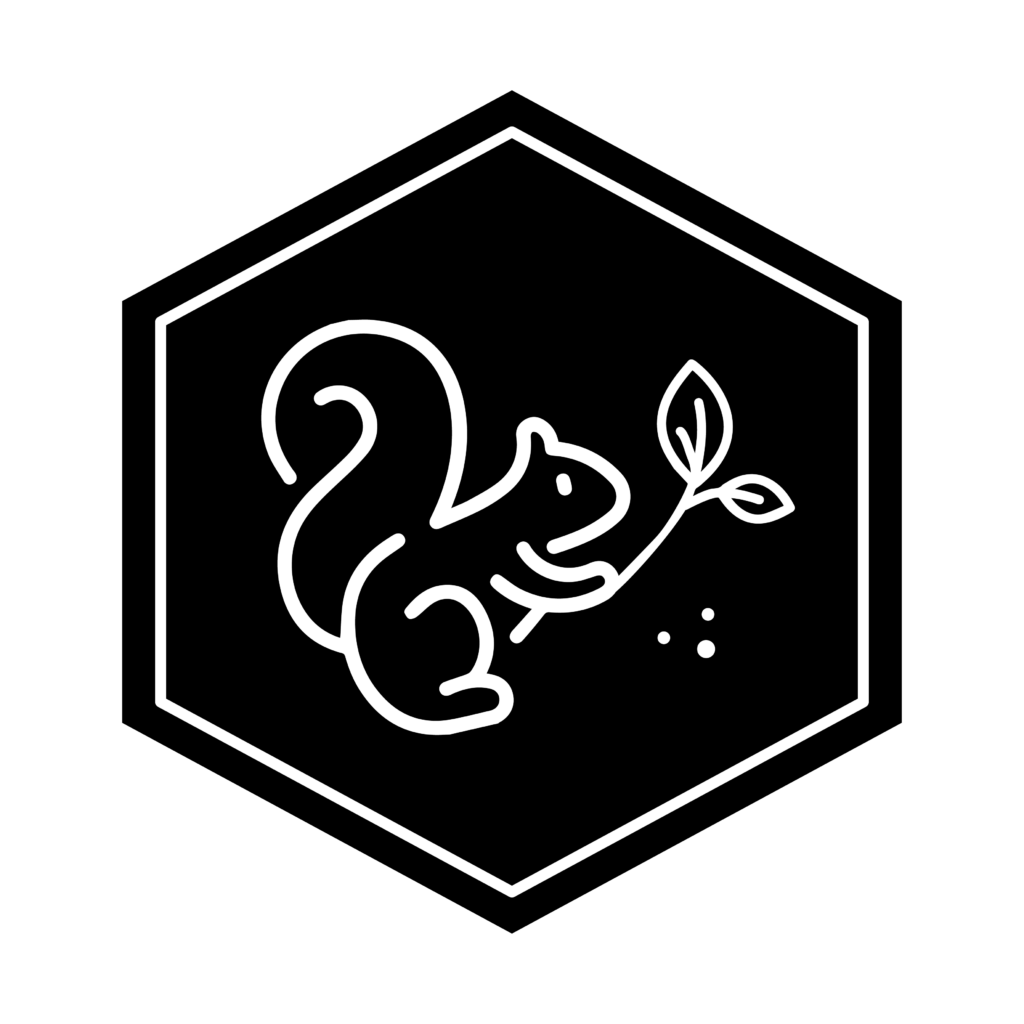
TAUGHT BY:
Facilitated BY:
Age Group:
Activity Level:
Location:

TAUGHT BY:
Facilitated BY:
Age Group:
Activity Level:
Location:

TAUGHT BY:
Facilitated BY:
Age Group:
Activity Level:
Location:

TAUGHT BY:
Facilitated BY:
Age Group:
Activity Level:
Location:

TAUGHT BY:
Facilitated BY:
Age Group:
Activity Level:
Location:

TAUGHT BY:
Facilitated BY:
Age Group:
Activity Level:
Location:

TAUGHT BY:
Facilitated BY:
Age Group:
Activity Level:
Location:

TAUGHT BY:
Facilitated BY:
Age Group:
Activity Level:
Location:

TAUGHT BY:
Facilitated BY:
Age Group:
Activity Level:
Location:

TAUGHT BY:
Facilitated BY:
Age Group:
Activity Level:
Location:

TAUGHT BY:
Facilitated BY:
Age Group:
Activity Level:
Location:

TAUGHT BY:
Facilitated BY:
Age Group:
Activity Level:
Location:

TAUGHT BY:
Facilitated BY:
Age Group:
Activity Level:
Location:

TAUGHT BY:
Facilitated BY:
Age Group:
Activity Level:
Location:

TAUGHT BY:
Facilitated BY:
Age Group:
Activity Level:
Location:

TAUGHT BY:
Facilitated BY:
Age Group:
Activity Level:
Location:

TAUGHT BY:
Facilitated BY:
Age Group:
Activity Level:
Location:

TAUGHT BY:
Facilitated BY:
Age Group:
Activity Level:
Location:

TAUGHT BY:
Facilitated BY:
Age Group:
Activity Level:
Location:

TAUGHT BY:
Facilitated BY:
Age Group:
Activity Level:
Location:

TAUGHT BY:
Facilitated BY:
Age Group:
Activity Level:
Location:

TAUGHT BY:
Facilitated BY:
Age Group:
Activity Level:
Location:

TAUGHT BY:
Facilitated BY:
Age Group:
Activity Level:
Location:

TAUGHT BY:
Facilitated BY:
Age Group:
Activity Level:
Location:

TAUGHT BY:
Facilitated BY:
Age Group:
Activity Level:
Location:

TAUGHT BY:
Facilitated BY:
Age Group:
Activity Level:
Location:

TAUGHT BY:
Facilitated BY:
Age Group:
Activity Level:
Location:

TAUGHT BY:
Facilitated BY:
Age Group:
Activity Level:
Location:

TAUGHT BY:
Facilitated BY:
Age Group:
Activity Level:
Location:

TAUGHT BY:
Facilitated BY:
Age Group:
Activity Level:
Location:

TAUGHT BY:
Facilitated BY:
Age Group:
Activity Level:
Location:

TAUGHT BY:
Facilitated BY:
Age Group:
Activity Level:
Location:

TAUGHT BY:
Facilitated BY:
Age Group:
Activity Level:
Location:

TAUGHT BY:
Facilitated BY:
Age Group:
Activity Level:
Location:

TAUGHT BY:
Facilitated BY:
Age Group:
Activity Level:
Location:

TAUGHT BY:
Facilitated BY:
Age Group:
Activity Level:
Location:

TAUGHT BY:
Facilitated BY:
Age Group:
Activity Level:
Location:

TAUGHT BY:
Facilitated BY:
Age Group:
Activity Level:
Location:

TAUGHT BY:
Facilitated BY:
Age Group:
Activity Level:
Location:

TAUGHT BY:
Facilitated BY:
Age Group:
Activity Level:
Location:

TAUGHT BY:
Facilitated BY:
Age Group:
Activity Level:
Location:

TAUGHT BY:
Facilitated BY:
Age Group:
Activity Level:
Location:

TAUGHT BY:
Facilitated BY:
Age Group:
Activity Level:
Location:

TAUGHT BY:
Facilitated BY:
Age Group:
Activity Level:
Location:

TAUGHT BY:
Facilitated BY:
Age Group:
Activity Level:
Location:

TAUGHT BY:
Facilitated BY:
Age Group:
Activity Level:
Location:

TAUGHT BY:
Facilitated BY:
Age Group:
Activity Level:
Location:

TAUGHT BY:
Facilitated BY:
Age Group:
Activity Level:
Location:

TAUGHT BY:
Facilitated BY:
Age Group:
Activity Level:
Location:

TAUGHT BY:
Facilitated BY:
Age Group:
Activity Level:
Location:

TAUGHT BY:
Facilitated BY:
Age Group:
Activity Level:
Location:
Office of Special Events
765-494-0900
specialevents@purdueforlife.org